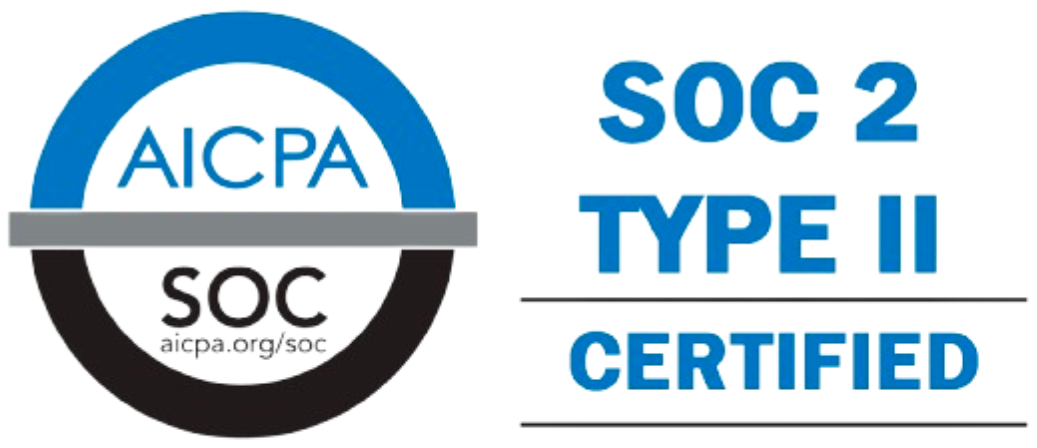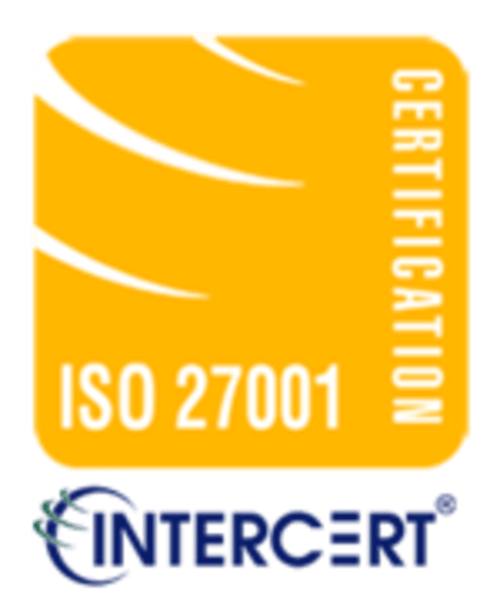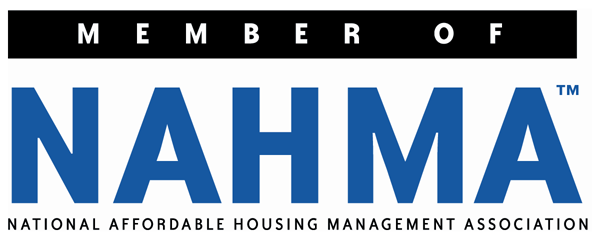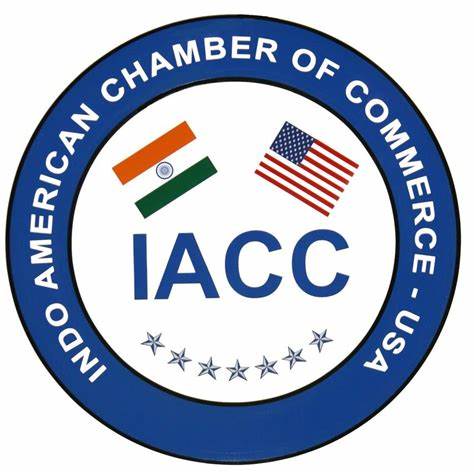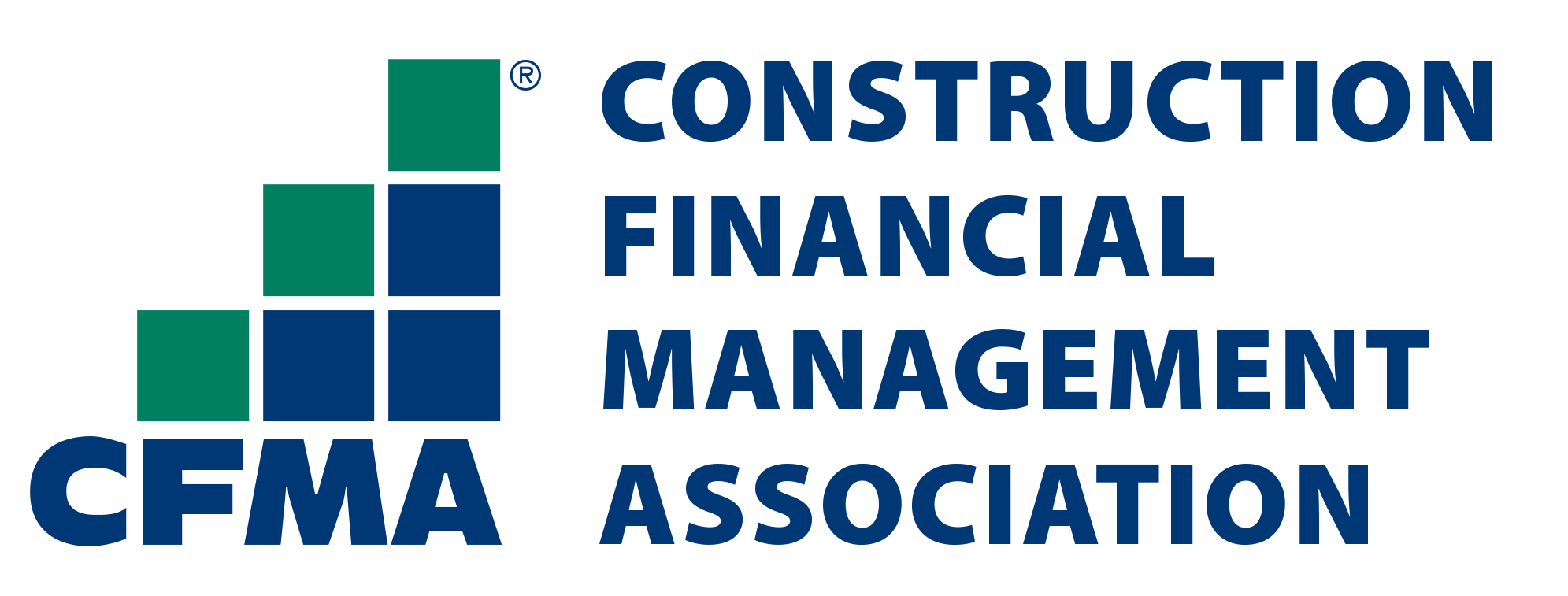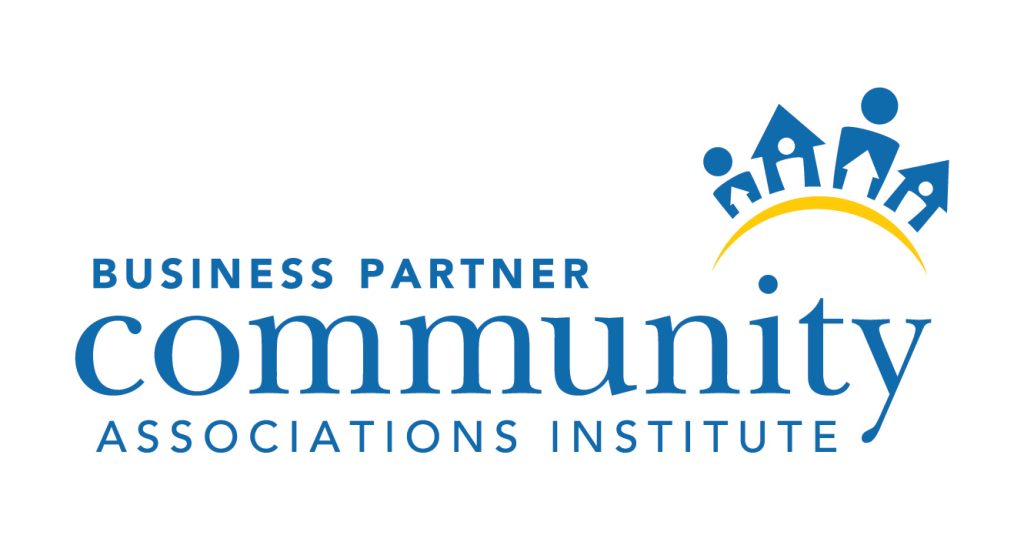
All You Need to Know About Village Management Software
- June 24, 2024
- OHI

In today’s digitally driven world, communities of all sizes are turning to technology to enhance the quality of life for residents and streamline administrative tasks. Village Management Software (VMS) is a powerful tool designed to help village administrations manage their resources more effectively, communicate with residents efficiently, and ensure smooth operations across various aspects of community life. Additionally, VMS can optimize accounting services, providing robust financial management tools that enhance transparency and accuracy. This blog delves into the key features, benefits, and considerations when choosing and implementing Village Management Software. This blog delves into the key features, benefits, and considerations when choosing and implementing Village Management Software.
Village Management Software comes equipped with a plethora of features aimed at simplifying the management of village communities. Here are some of the essential features you can expect:
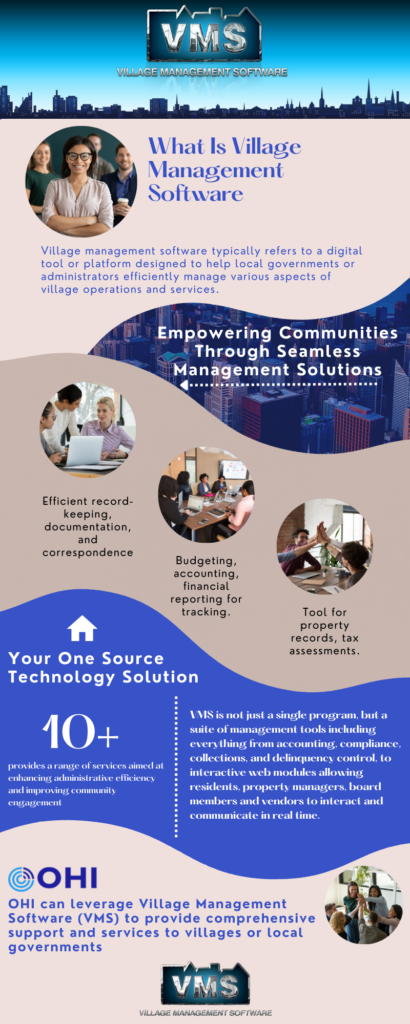
The adoption of Village Management Software can bring about significant improvements in how a community operates. Here are some key benefits:
One of the primary advantages of VMS is the enhancement of communication between residents and the village administration. The software provides multiple channels for disseminating information, ensuring that all residents stay informed about important updates, events, and news.
By automating many administrative tasks, VMS reduces the burden on village management staff. Maintenance requests, facility bookings, and financial transactions can be handled more efficiently, freeing up time for other important activities.
With robust financial management tools, VMS helps maintain accurate records of all financial transactions. This transparency fosters trust among residents and ensures that funds are being used appropriately.
VMS includes features that promote resident engagement, such as event planning and community forums. By making it easier for residents to participate in community activities, the software helps build a stronger sense of community.
Security features in VMS, such as visitor management and access control, enhance the safety of the community. These tools help track who is entering and exiting the village, providing peace of mind to residents.

Selecting the right Village Management Software is crucial for maximizing its benefits. Here are some factors to consider when evaluating different options:
Start by identifying the specific needs of your community. Consider factors such as the size of your village, the number of residents, and the types of services you require. This will help you narrow down your options and focus on software that meets your unique requirements.
A user-friendly interface is essential for ensuring that both residents and management staff can use the software effectively. Look for software with intuitive navigation, clear instructions, and accessible customer support.
Choose software that can grow with your community. As your village expands, you may need additional features or increased capacity. Ensure that the software you select can accommodate future growth.
Consider whether the software can integrate with other systems you already use, such as accounting software or security systems. Integration capabilities can streamline operations and reduce the need for duplicate data entry.
Given the sensitive nature of the data managed by VMS, robust security features are a must. Look for software that offers encryption, secure login protocols, and regular security updates.
Reliable vendor support is crucial for troubleshooting issues and ensuring the smooth operation of the software. Choose a vendor with a good reputation for customer service and technical support.
Successfully implementing Village Management Software requires careful planning and execution. Here are some steps to guide you through the process:
Start by assembling a project team to oversee the implementation process. This team should include representatives from various departments, such as administration, finance, and IT. Define your goals and create a timeline for the implementation.
Migrating data from your existing systems to the new software is a critical step. Ensure that all relevant data is accurately transferred and that any discrepancies are addressed. This may require cleaning up old data and standardizing formats.

Provide comprehensive training for both management staff and residents. Ensure that everyone understands how to use the software and is comfortable with its features. Consider offering ongoing training sessions and resources to address any questions or issues that arise.
Before fully rolling out the software, conduct thorough testing to identify and resolve any issues. This includes testing all features and functionalities, as well as ensuring that the system integrates seamlessly with other tools you use.
Once you are confident that the software is ready, proceed with the full launch. Communicate the launch to residents and provide any necessary support. Monitor the system closely during the initial phase to address any issues promptly.
Village Management Software is a transformative tool that can enhance the efficiency, transparency, and overall quality of life in village communities. By streamlining administrative tasks, improving communication, and providing robust financial management tools, VMS helps village administrations better serve their residents. When choosing and implementing Village Management Software, it’s important to carefully assess your community’s needs, select a user-friendly and scalable solution, and plan a thorough implementation process. With the right approach, Village Management Software can become an invaluable asset for any village community.
Contact us for a customized NO OBLIGATION proposal for outsourcing your accounting activities.
